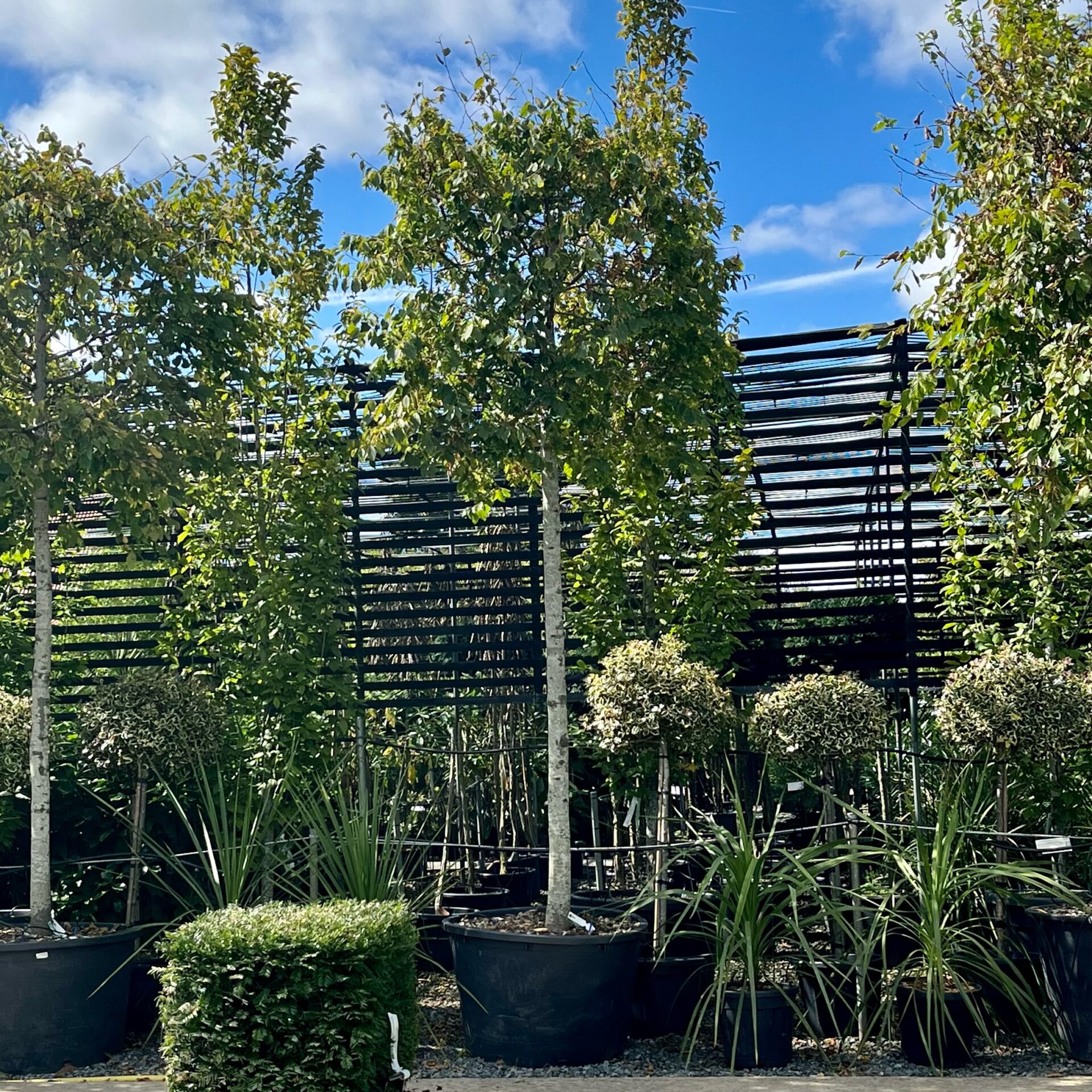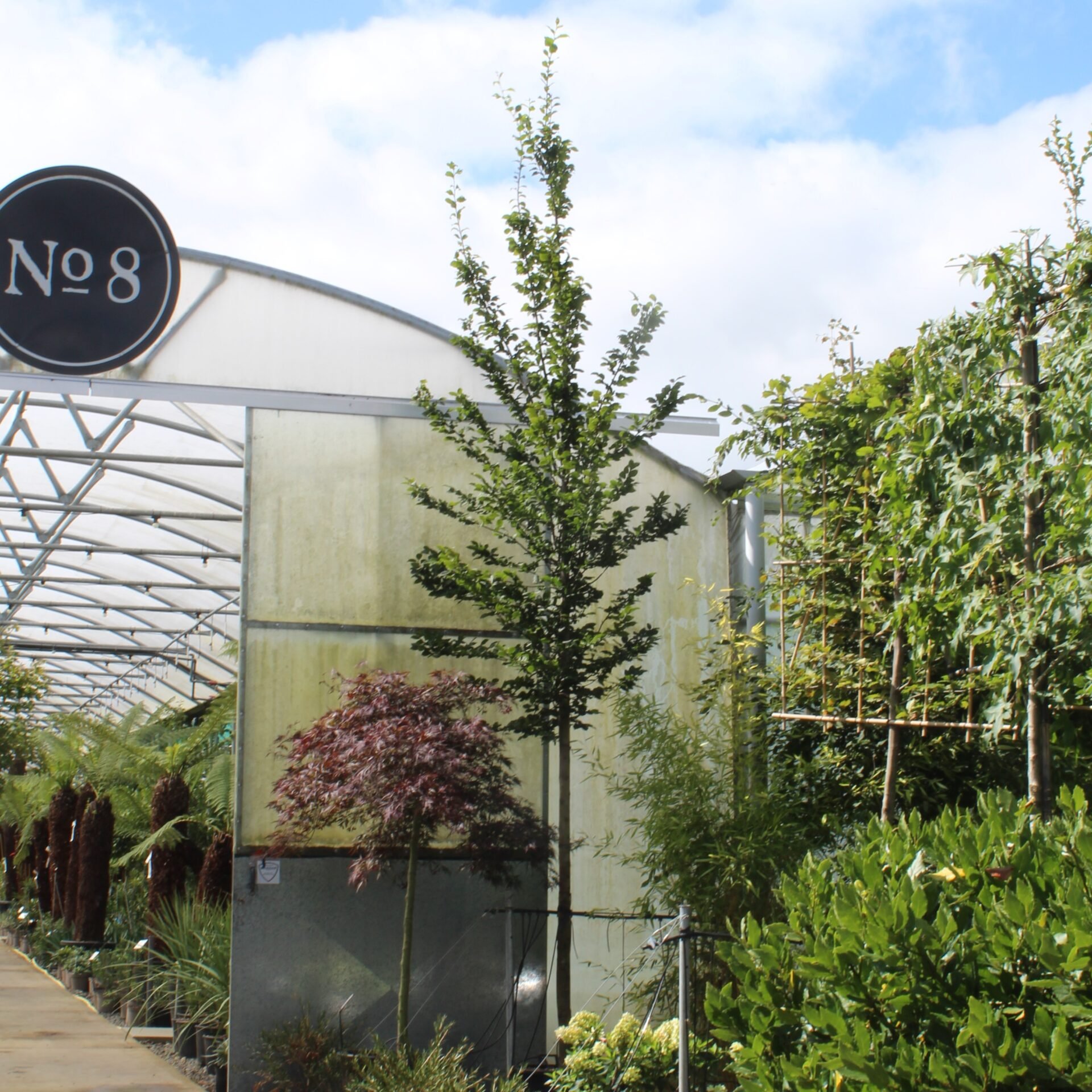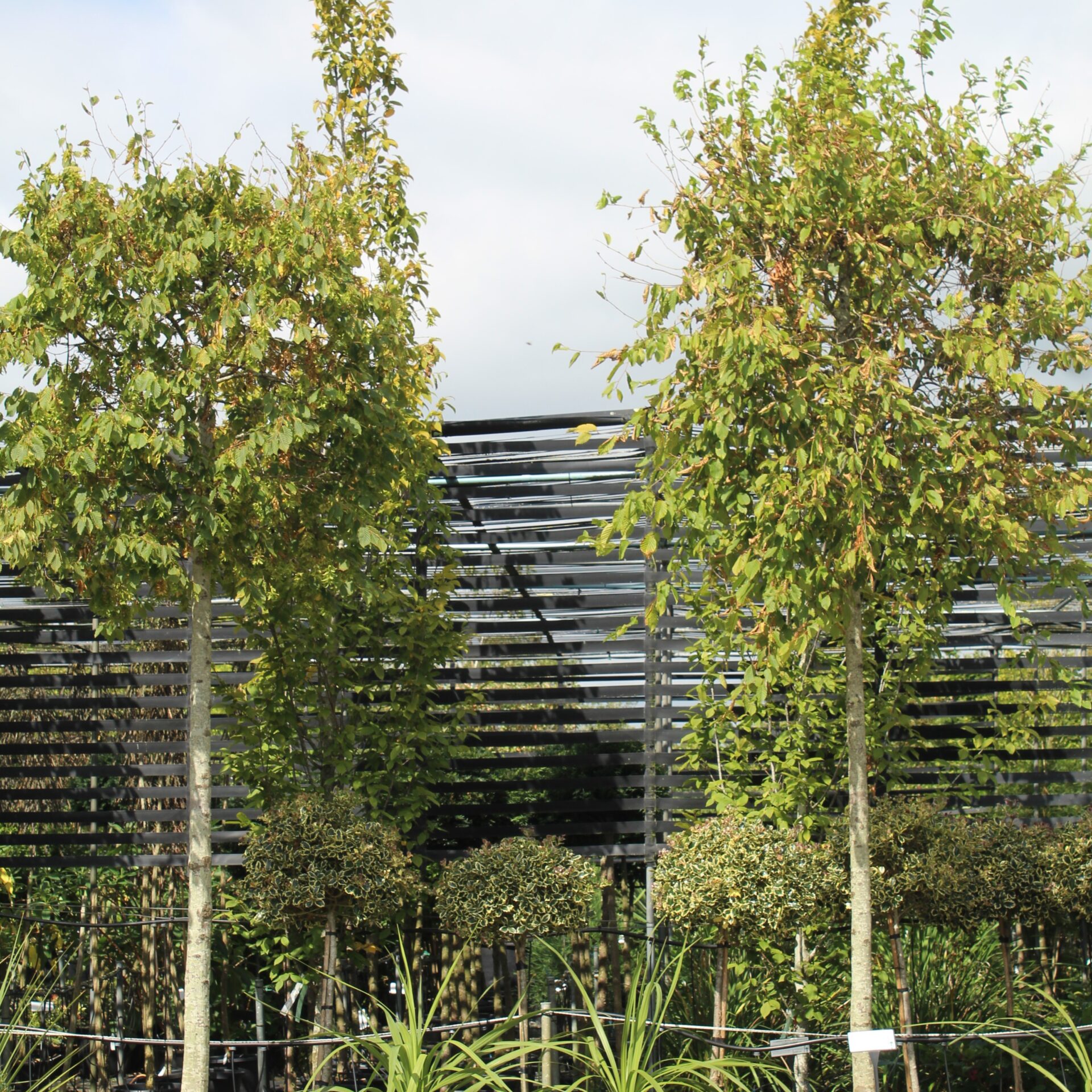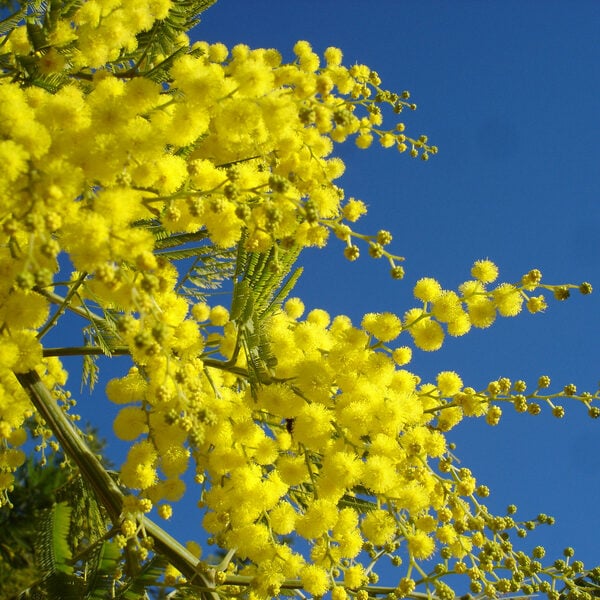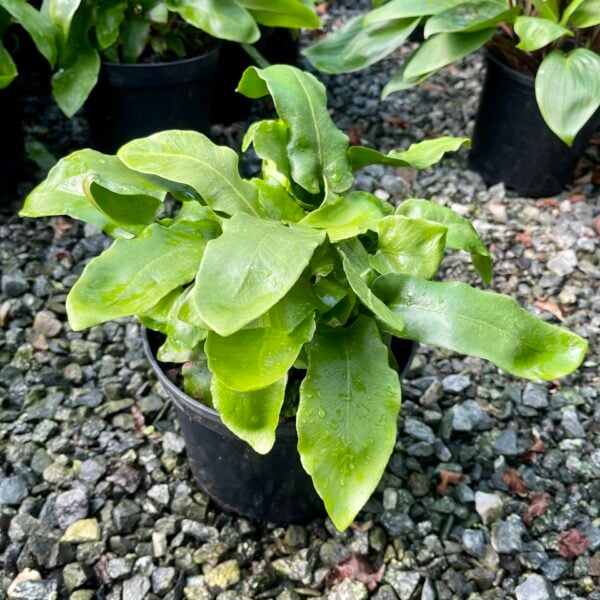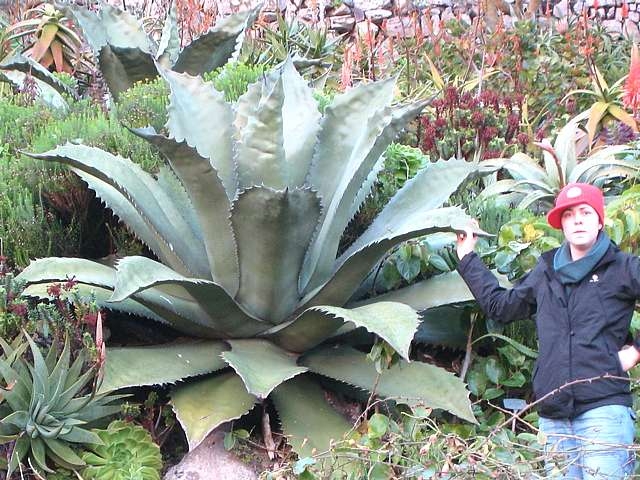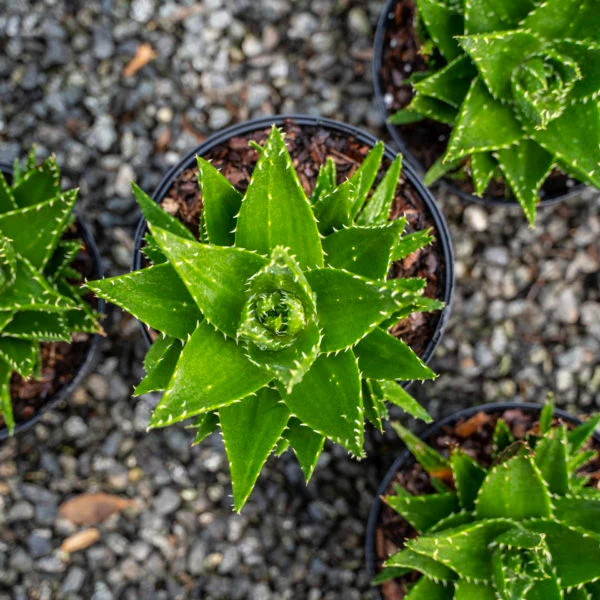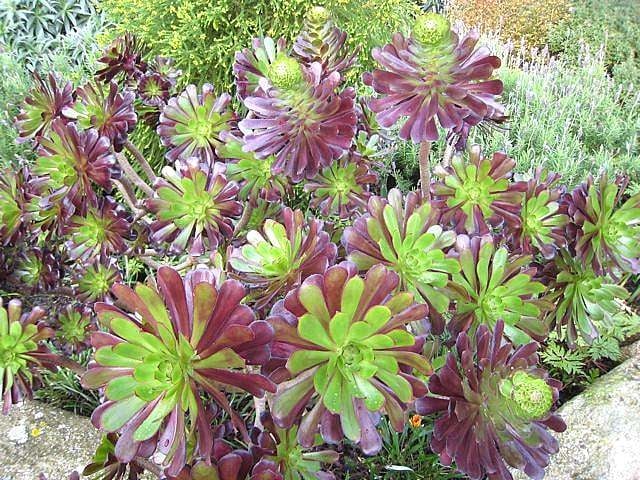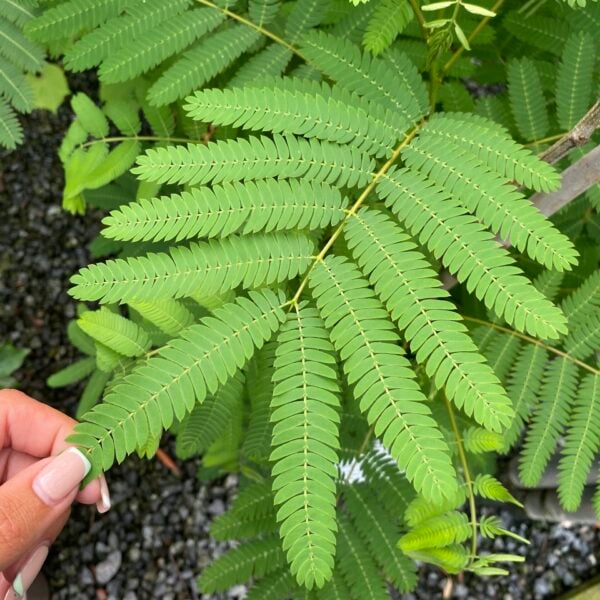Carpinus betulus – Standards
£895.00 incl. VAT
A well known deciduous British tree that’s long been used in gardens for topiary and hedges. These are our standard trees.

Hardiness level Green
These are trained onto a frame to be planted at intervals of approximately 5-6ft to create a pleached hedge. Also known as a stilted hedge or a hedge on legs. These trees are deciduous and native and this practice is an ancient tradition in European gardens - mostly for creating avenues in grand gardens but nowadays often used as a neat and formal approach to giving privacy in urban gardens. Pleaching refers to the horizontal training of the branches. This accomplishes the hedge-on-legs effect more quickly but also produces the handsome look in the winter of long parallel horizontal lines. The lowest branches are at about 6ft from the ground. For maximum impressiveness, the ideal is to clip them to the proportion of the ones in the picture attached of a garden in Wiltshire; the foliage is taller than the trunk so the overall height of these is some 15ft overall but less than 2ft thick. It rather depends on the size of your stepladder and your head for heights. A well husbanded hedge of pleached Hornbeam is a very fine site - at any time of the year.
We also have them as normal full standard trees or columns on the nursery if you don't want to go pleached.
The name Hornbeam is derived from the fact the timber is exceptionally hard and hard wearing. Traditionally, it was used for the replaceable teeth on timber cog wheels used in wind and water mills. Many years ago, I was a cabinet maker and used to buy timber from Agates in Horsham.
I once asked Wally (the mill foreman) what this little known timber called Hornbeam was like. He gave the immortal but accurate reply : "It's like f***in' 'ard beech mate".
N.B. When clipping several plants with the same tool, have a bucket containing a 5% bleach solution and swish your blades around for 30 seconds between plants to sterilise them. This will help avoid the chance of cross contamination of disease.
As with all woody plants, plant high, exposing as much of the taper at the base of the trunk as possible. Allowing soil to accumulate round the base of a tree can be fatal. Keep very well watered when first planted.
Additional Information |
|
|---|---|
| Size | 110L (H3.7-5m, W1.9-2m) S1.6-1.8m, G16-17cm, 110L (H3.7-5m, W1.9-2m) S1.6-1.8m, G17-22cm, Cube Head 230-235L (H4m, W2.1m) S2.2m, G20-22cm |
| Soil Type | |
| Light | |
| Plant Type | |
| Continent of Origin | |
| Specialist Plants | |
| Tree Size | |
| Situation | Coastal, Exposed (To wind and sun), Mild City Gardens, Sheltered Garden |
| Hardiness | |
FAQs
How fast does Carpinus betulus grow?
The foliage is taller than the trunk so the overall height of these is some 15ft overall but less than 2ft thick. It rather depends on the size of your stepladder and your head for heights.
How do you take care of Carpinus betulus?
For maximum impressiveness, the ideal is to clip them to the proportion of the ones in the picture attached of a garden in Wiltshire. When clipping several plants with the same tool, have a bucket containing a 5% bleach solution and swish your blades around for 30 seconds between plants to sterilise them. This will help avoid the chance of cross contamination of disease. As with all woody plants, plant high, exposing as much of the taper at the base of the trunk as possible. Allowing soil to accumulate round the base of a tree can be fatal. Keep very well-watered when first planted.
How tall does Carpinus betulus grow?
They can grow large over 30ft. Pleached carpinus are trained onto a frame to be planted at intervals of approximately 5-6ft to create a pleached hedge.
Do Carpinus betulus prefer sun or shade?
Full Sun (Space and Light), Semi-Shade (Dappled)
Is Carpinus betulus an indoor or outdoor plant?
Outdoor, large tree over 30ft.




